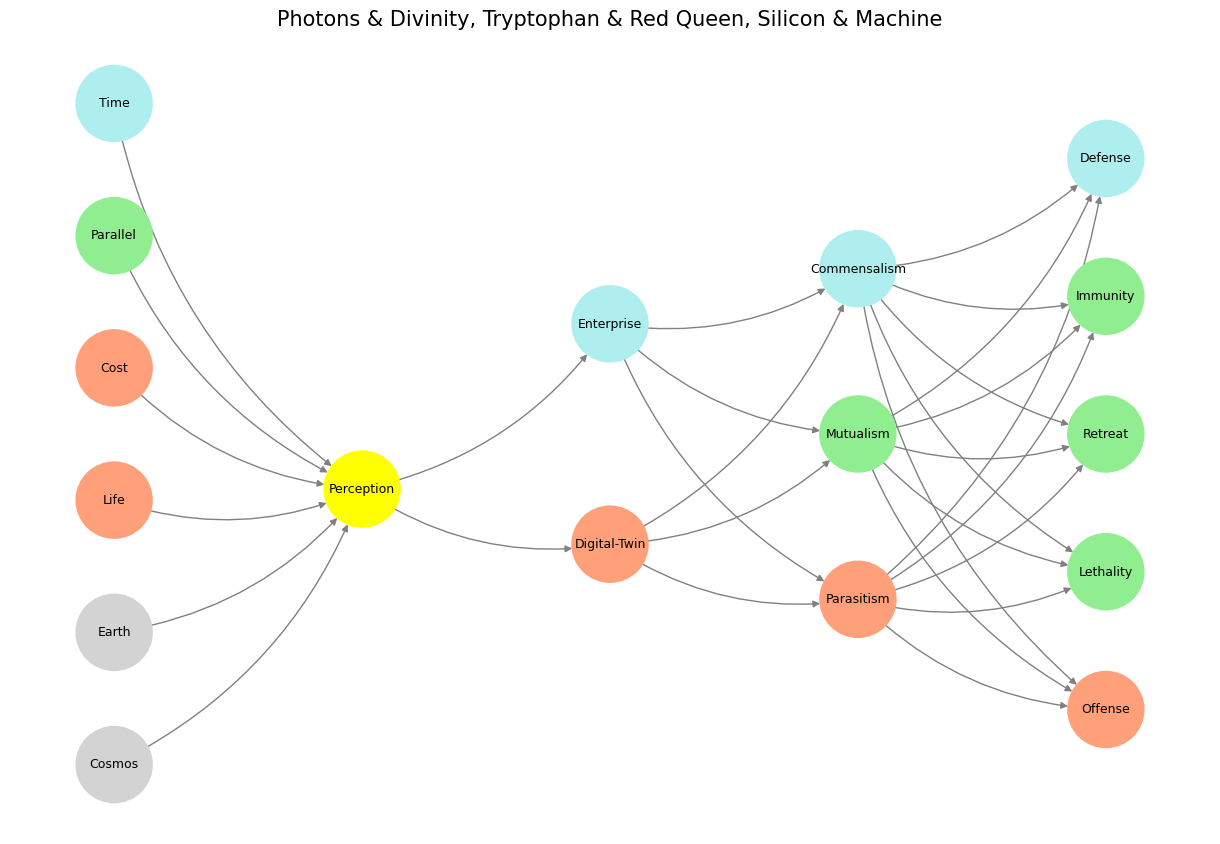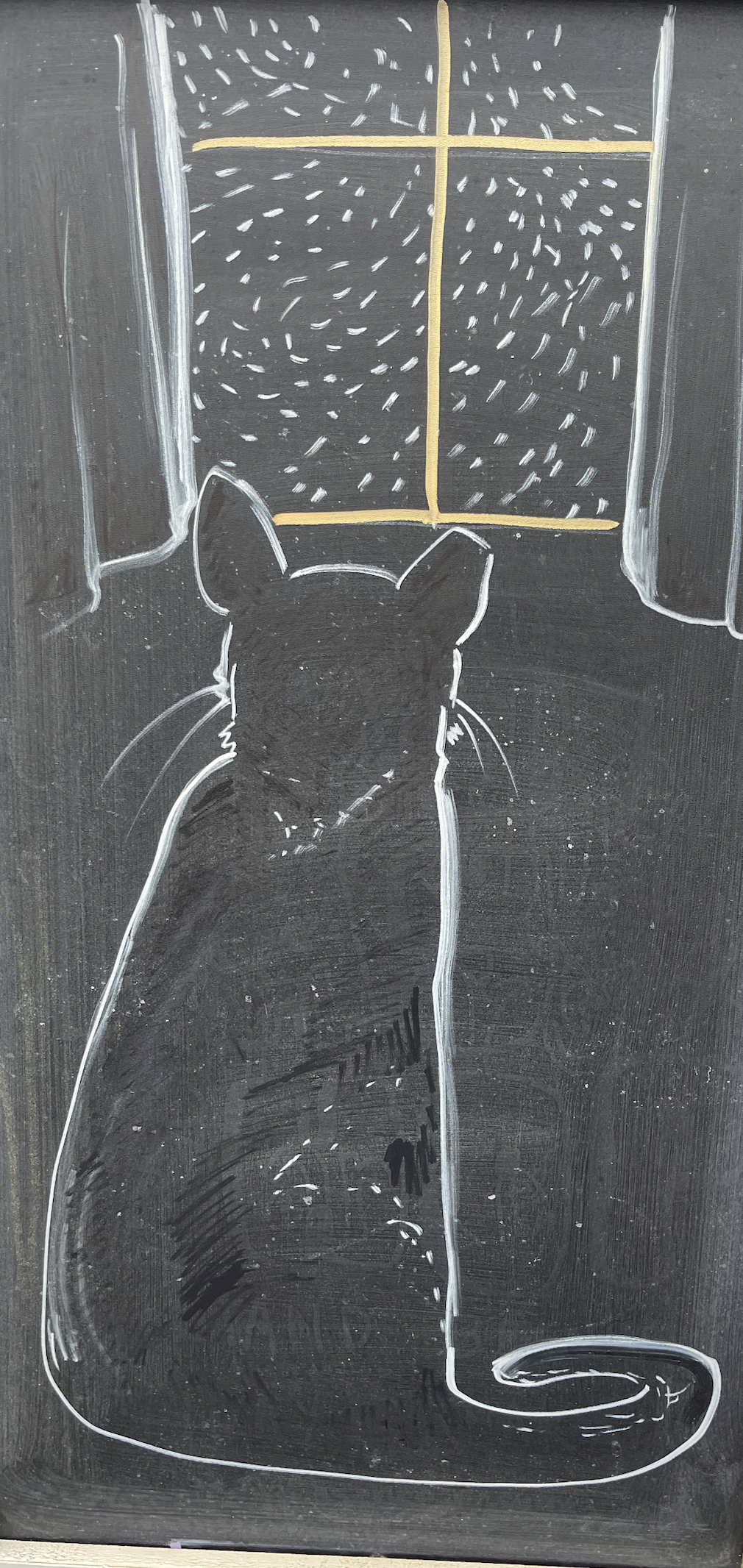Engineering#
The epilogue to this layered framework of human perception, agency, and emergence is fittingly found not in abstract philosophy but in the works of the great French filmmaker, Jean Renoir, our poet of life’s intricate systems. Through his two masterpieces—La Règle du Jeu (The Rules of the Game) and La Grande Illusion (The Grand Illusion)—Renoir captures the essence of all five layers with a precision and beauty unmatched in cinematic history. Every frame of his films distills the complexity of existence into something tangible, revealing the profound interconnections between structure, instinct, action, and aspiration.
In La Règle du Jeu, Renoir constructs a world where the rules of society operate as an invisible but omnipresent layer, dictating behavior and confining the possibilities of the characters. This is Layer 1, the immutable rules, laid bare with a sharpness that only Renoir’s eye for detail could achieve. The film’s characters play their games, navigating relationships and betrayals with instinctive reactions tempered by social expectations. As they do so, they reveal the iterative dynamics of Layer 4, where trial and error determine their fates. The tensions between what is allowed and what is desired, between instinct and restraint, mirror the delicate interplay of the sympathetic and parasympathetic systems. With every decision, the characters reflect the beauty and tragedy of life as an iterative game.
La Grande Illusion ascends to Layer 5, offering a poetic meditation on the grand illusion itself—the emergent ideals of human aspiration and the shared humanity that transcends the constraints of rules, games, and instincts. Renoir’s depiction of soldiers from opposing sides finding common ground in the midst of war captures the cooperative equilibrium that arises from the interplay of all layers. The film resonates with the bittersweet awareness that these illusions—peace, unity, transcendence—are at once the highest aspirations of humanity and yet inextricably bound to the rules of nature and society. It is in this tension that Renoir finds his poetry, illustrating the emergence of meaning and beauty from the chaos of existence.

Fig. 11 Value, Quantity, Cost. Let’s align these with ends, means, sacrifice; reward, risks, resources; identity, transformation, dialogue. There’s an inherent, coherent, and consistent logic to this discussion across various domains of inquiry. The specific topic is by the physicism Thomas Campbell on virtual consciousness and aliens. We’ve already explored response to external stimuli vs. internal environment (See Tactical). This discussion blurrs the lines.#
What sets Renoir apart is the way he renders even the smallest details with a reverence that borders on the divine. A glance, a gesture, the placement of a shadow—everything in his films feels alive, brimming with the weight of its context. Only a Frenchman, with his cultural heritage of precision, passion, and elegance, could capture the subtleties of these interwoven layers so completely. Renoir does not merely tell stories; he orchestrates symphonies of perception, agency, and emergence, embodying the richness of human existence in every frame.
Renoir’s genius lies in his ability to reflect life’s complexities without simplifying them, to show us the mechanics of the system while immersing us in its emotional depths. Through La Règle du Jeu and La Grande Illusion, he achieves what few have ever managed: to portray the neural network of existence, with its layers of rules, instincts, agency, and aspirations, in a way that is both accessible and transcendent. Simply put, what beauty.
Show code cell source
import numpy as np
import matplotlib.pyplot as plt
import networkx as nx
# Define the neural network structure
def define_layers():
return {
'World': ['Cosmos', 'Earth', 'Life', 'Cost', 'Parallel', 'Time', ],
'Perception': ['Perception'],
'Agency': ['Digital-Twin', 'Enterprise'],
'Generativity': ['Parasitism', 'Mutualism', 'Commensalism'],
'Physicality': ['Offense', 'Lethality', 'Retreat', 'Immunity', 'Defense']
}
# Assign colors to nodes
def assign_colors():
color_map = {
'yellow': ['Perception'],
'paleturquoise': ['Time', 'Enterprise', 'Commensalism', 'Defense'],
'lightgreen': ['Parallel', 'Mutualism', 'Immunity', 'Retreat', 'Lethality'],
'lightsalmon': [
'Cost', 'Life', 'Digital-Twin',
'Parasitism', 'Offense'
],
}
return {node: color for color, nodes in color_map.items() for node in nodes}
# Calculate positions for nodes
def calculate_positions(layer, x_offset):
y_positions = np.linspace(-len(layer) / 2, len(layer) / 2, len(layer))
return [(x_offset, y) for y in y_positions]
# Create and visualize the neural network graph
def visualize_nn():
layers = define_layers()
colors = assign_colors()
G = nx.DiGraph()
pos = {}
node_colors = []
# Add nodes and assign positions
for i, (layer_name, nodes) in enumerate(layers.items()):
positions = calculate_positions(nodes, x_offset=i * 2)
for node, position in zip(nodes, positions):
G.add_node(node, layer=layer_name)
pos[node] = position
node_colors.append(colors.get(node, 'lightgray')) # Default color fallback
# Add edges (automated for consecutive layers)
layer_names = list(layers.keys())
for i in range(len(layer_names) - 1):
source_layer, target_layer = layer_names[i], layer_names[i + 1]
for source in layers[source_layer]:
for target in layers[target_layer]:
G.add_edge(source, target)
# Draw the graph
plt.figure(figsize=(12, 8))
nx.draw(
G, pos, with_labels=True, node_color=node_colors, edge_color='gray',
node_size=3000, font_size=9, connectionstyle="arc3,rad=0.2"
)
plt.title("Photons & Divinity, Tryptophan & Red Queen, Silicon & Machine", fontsize=15)
plt.show()
# Run the visualization
visualize_nn()


Fig. 12 Tryptophan, Tryptamine, and Y’all Who Be Trippin’. Information in nature is encoded in gravity and photons and zapped from the cosmos, to earth, to life, to silicon. As for the point of view, thats open for discourse. Source: Lorenzo Expeditions#

